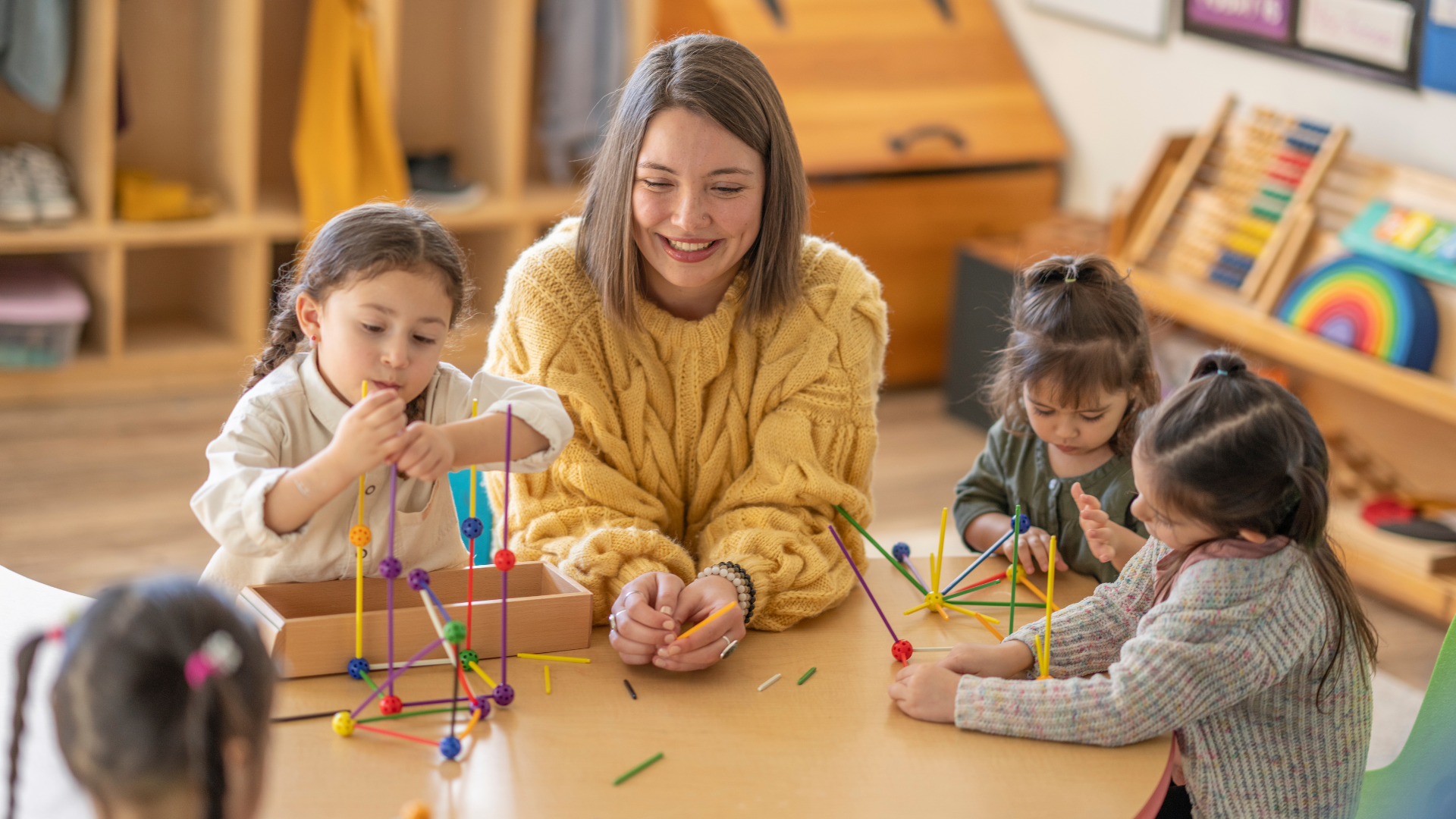India's National Education Policy 2020 (NEP 2020) highlights early childhood education as the foundation for lifelong learning. For kindergartens and preschools in India, this means a shift towards play-based, holistic, and competency-driven practices. Finnish early childhood education already reflects these values, and through the ONNI Program,...
5 Most Common Questions About Finnish Early Childhood Education
When we meet with kindergarten directors, educators, and parents around the world, we are often asked the same questions about Finnish early childhood education. Here are the five most common ones – and the answers that reveal what makes the Finnish approach so unique.

1. What kind of training do Finnish kindergarten teachers have?
Finnish educators are highly qualified and respected professionals. Lead teachers usually hold a bachelor's or master's degree in early childhood education from a university. Other staff members also receive formal pedagogical training.
The education emphasizes child development, pedagogy, observation, and inclusive practices. This strong professional foundation helps teachers design environments that support children's well-being and learning.
2. Do children need to learn to read and write in kindergarten?
In Finland, the answer is no. Early education focuses on creating a strong foundation for lifelong learning – not academic pressure.
Children are encouraged to play, explore, build friendships, and express themselves. These early experiences support cognitive, social, and emotional development, which are essential before formal literacy instruction begins. Reading and writing are introduced gradually and naturally, often starting in pre-primary education at age 6.
The result? Finnish children typically learn to read quickly and with joy when they are ready – and they maintain strong literacy skills in the long run.
3. Do you test children's learning?
There are no standardized tests in Finnish kindergartens. Instead, assessment is integrated into daily activities through observation and documentation.
Educators reflect on what children are doing, how they are learning, and how they can best support each child's development. Assessment is seen as a tool for learning – not for labeling or comparing children.
This approach fosters a low-stress environment where children can feel safe, curious, and confident.
4. How many children are there per teacher?
The adult-to-child ratio in Finland is carefully regulated to ensure that each child receives individual attention and care.
- For children under 3: typically 1 adult per 4 children
- For children over 3: typically 1 adult per 7 children
- The maximum number of adults in one group is usually three
These small group sizes support warm relationships, emotional safety, and meaningful learning experiences.
5. Why is Finnish early education considered the best?
Because it's built on trust, equity, and well-being.
Children in Finland are seen as competent, capable, and worthy of respect. The curriculum emphasizes care, play, exploration, emotional security, and the joy of learning. There is no rush to academics, no pressure to perform.
Instead, there is space to grow as a person. And that's why Finnish children thrive.
---
Would you like to learn more?
Explore our curriculum and training programs designed to bring the best of Finnish early education to your school or kindergarten.

